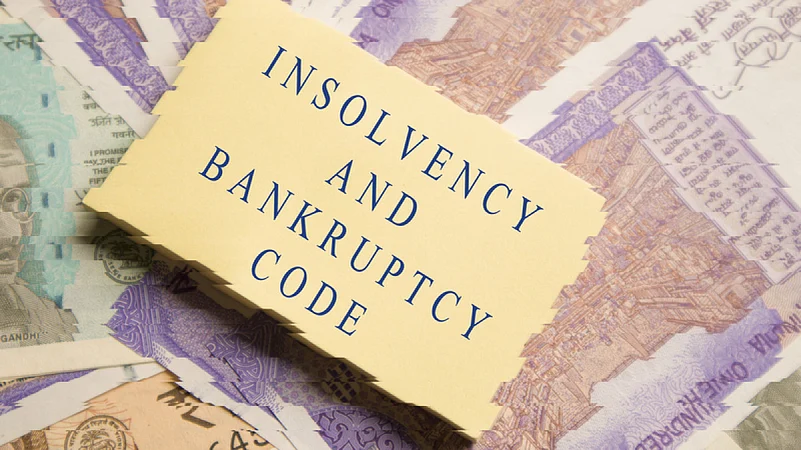Nearly half of the 3,247 insolvency cases have been resolved through liquidation, and only a paltry 457 or 14 per cent of them through asset sale as per their lenders-approved resolution plans, a report said on Friday.
Even the various resolution processes have witnessed the recovery of debt of just 31 per cent on an average, said the data from the Insolvency & Bankruptcy Board of India.
The data which covers all the cases since the implementation of the Insolvency and Bankruptcy Code (IBC) five years ago till December 2021 reflects very slow pace of the process, according to an analysis by Icra Ratings.
Advertisement
Liquidation means lenders or financial firms face the maximum brunt of losses on their books.
Of the Rs 7.52 lakh crore claims made by the creditors on their borrowers, the lenders could realise only Rs 2.5 lakh crore, reflecting the pains of liquidation that lenders were forced to suffer, Icra Ratings said in its analysis.
While various NCLTs (National Company Law Tribunals) have admitted 4,946 bankruptcy cases till December 2021, more than 10,000 applications are still pending for admission or rejection.
According to the agency, NCLTs have so far closed 3,247 applications while 1,699 are still ongoing.
As much as 47 per cent or 1,514 cases of the total 3,247 cases resolved through liquidations, only 14 per cent or 457 applications were closed as per proper resolution plans approved by lenders. A larger 22 per cent of the total resolutions are still pending review/appeals and 17 per cent of the total admitted cases have been withdrawn so far, according to the analysis.
Advertisement
One of the main reasons for the relatively lower realisation, the analysis noted, is that as much as 77 per cent of the cases are either under the Board for Industrial and Financial Reconstruction (BIFR) or non-operational when admitted, indicating that even after five years of implementation, the IBC is still handicapped as the government has not scrapped the BIFRs and DRTs.
Besides, more than 50 per cent of the cases admitted have been submitted by operational creditors, demonstrating their role under the code.
About the delay in the resolution process, the agency said that as against the mandated 90 days to close a case after admission, 73 per cent of the cases were completed well after 270 days. While 16 per cent cases took 90-270 days, only a paltry 11 per cent cases were closed within the stipulated 90-day period.
A total of 69 cases took 90-180 days for completion, 75 cases took 180-270 days, 154 applications took 270 days to one year, 278 were completed between one and two years. As much as 569 cases have taken more than two years to complete the process.
The delayed resolutions, according to the agency, were largely due to legal entanglements and the highly understaffed/overburdened NCLT benches.
Only 20 per cent of the cases referred for liquidation have been completed, and almost half of the ongoing 80 per cent cases have taken more than two years to complete liquidation.
About who dragged the defaulter to the insolvency court, the report said, 51 per cent of the applications were filed by operational creditors, 43 per cent by financial creditors and 6 per cent by corporate debtors.
Advertisement
Sector-wise, the companies in the manufacturing business topped the list of bankruptcy applications with 40 per cent of the total cases, followed by real estate firms (20 per cent), construction and others (11 per cent each), retail trade (10 per cent), transport and electricity (3 per cent each) and hotels (2 per cent).















 Just one email a week
Just one email a week